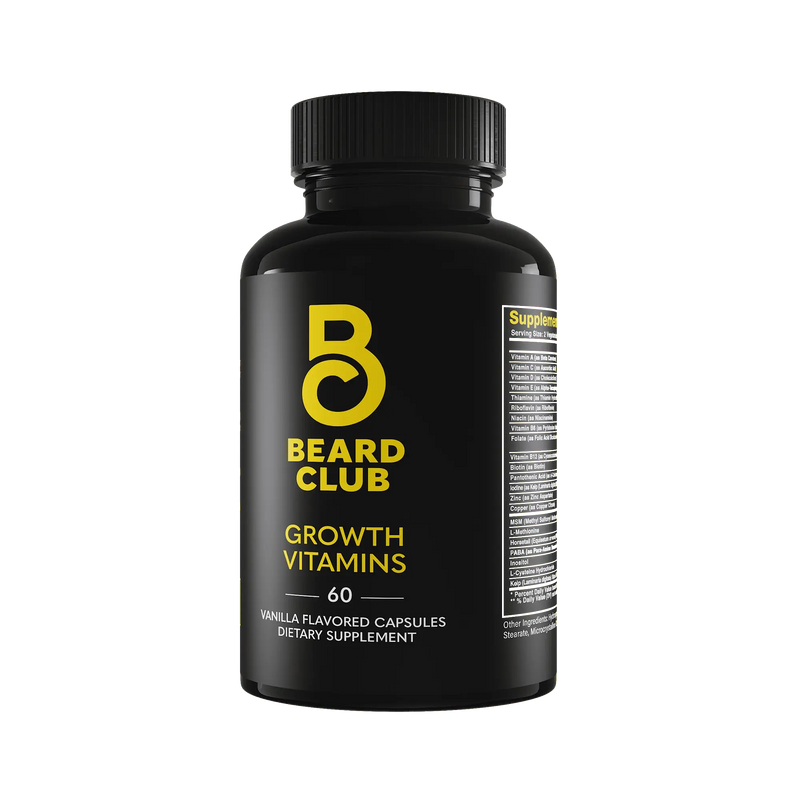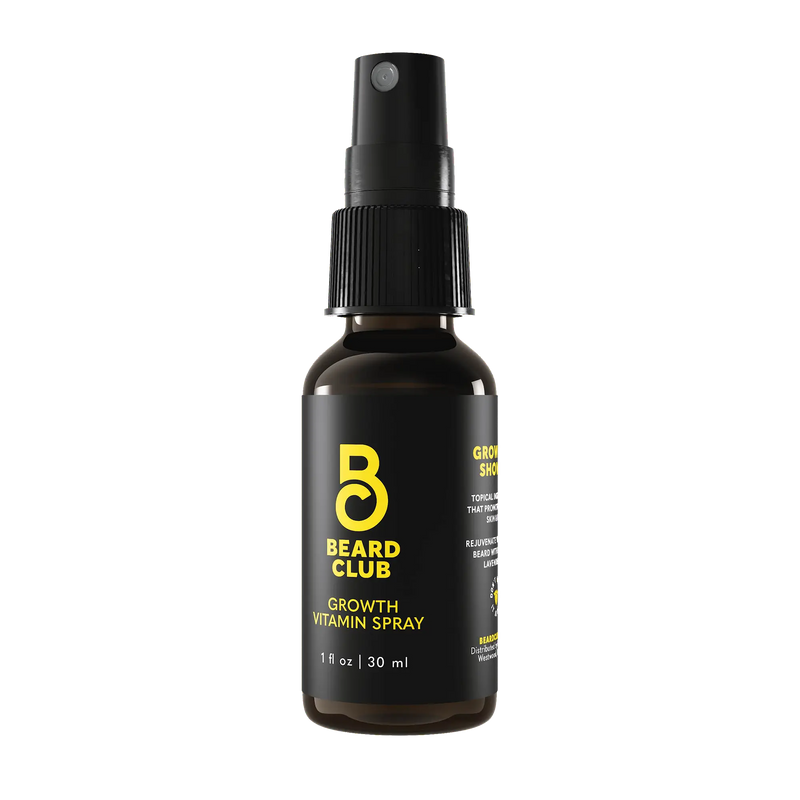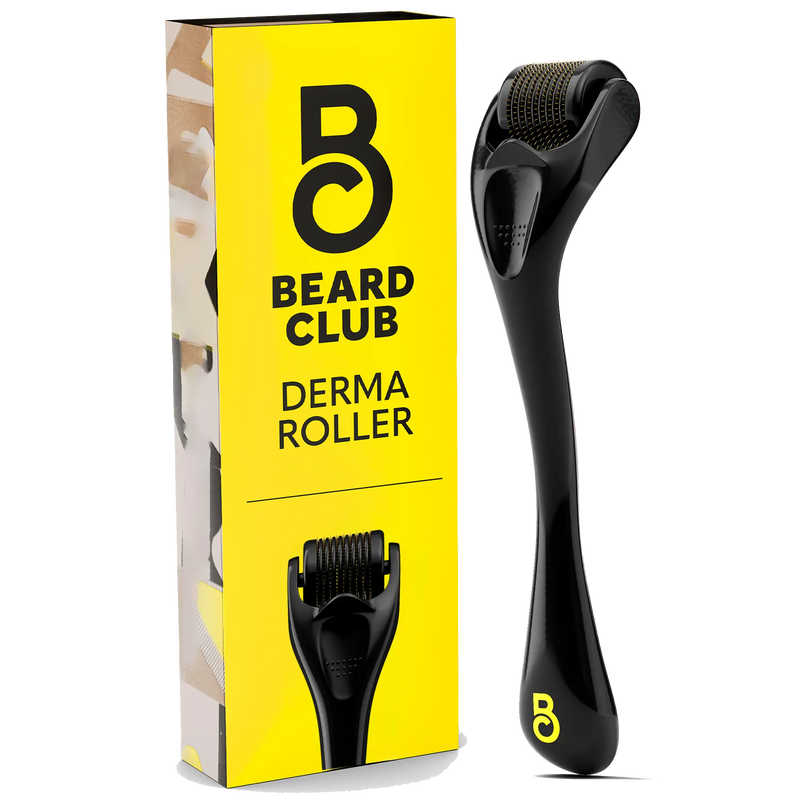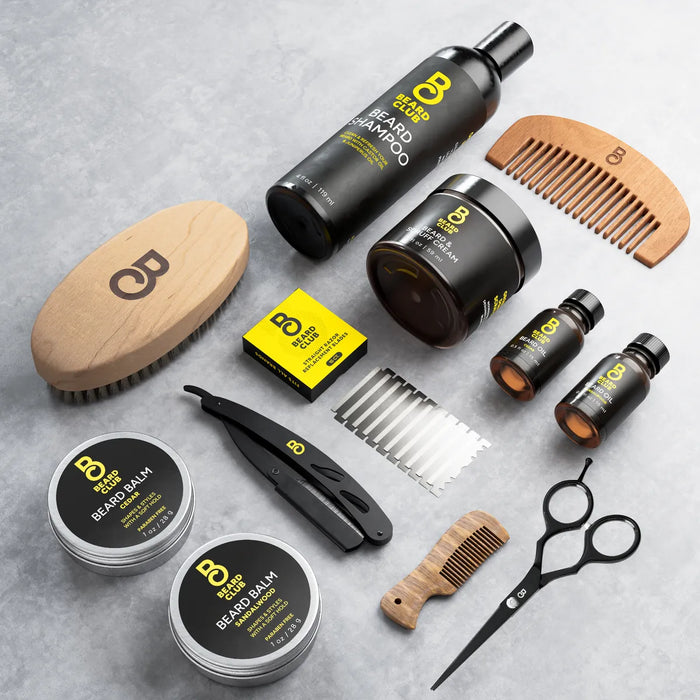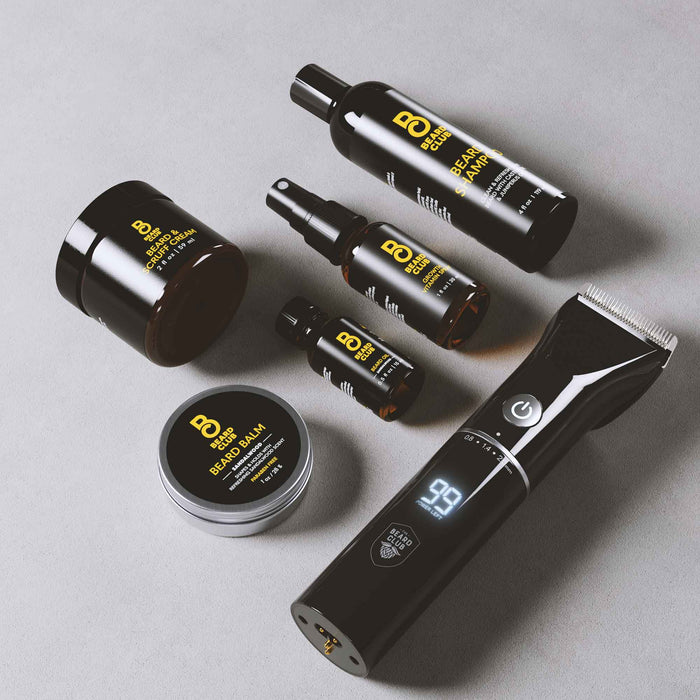Mustache Gaps: What Is a Mustache Split and How To Fix It
They always say that you shouldn’t grow out a beard if it doesn’t connect on the sides of the chin. While we still think that’s incorrect advice, we understand the importance of having a beard that looks full and uniform.
The same goes for your mustache. While it’s 100% okay to have a gap at the top of the lip, many people like to have a complete stache without any spaces. Here’s how to deal with mustache gaps and what you can do to fix them:
What Is a Mustache Gap?
The mustache gap happens when the area at the center of your mustache doesn’t grow as much hair as the surrounding stache (if any hair at all). The end result is a mustache that has a noticeable space in the middle, basically separating your mustache into two halves.
This gap happens in an area called the philtrum, which is often called the Cupid’s bow. This is that anatomical fold right underneath your nose. Hair is naturally less likely to grow in this area.
The bottom line is that everybody technically has a mustache gap since hair growth in the philtrum cannot match hair growth on the other parts of the upper lip. However, people with a smaller philtrum have a much less noticeable gap than people with a large philtrum. It’s just an inevitable byproduct of genetics, unfortunately.
Not to mention, the direction of your hair growth can make a gap look more pronounced. If your mustache hairs grow away from the philtrum, you’ll have a wider-looking gap as opposed to mustaches that grow towards that area.
But if you’ve got a philtrum larger than the Grand Canyon, we’ve got some tips and tricks for how you can lessen its appearance and restore order to your stache.
How To Fix a Mustache Gap
There are a couple of ways to minimize a mustache gap, and some people might need to use a combination of a few of these different tricks to get the style they’re looking for.
Grow It Out
In many cases, you simply need to be patient. Mustaches will look a lot fuller and thicker if you give them enough time to grow out. This will cover up the space in the philtrum and make the mustache look gapless and seamless. Many styles require at least three to six months of growth to be thick enough for how you want to style them.
If you need some help boosting your mustache, nourishing sprays may help add some more volume to your stache (and your beard). Beard oils strengthen the roots of your hair to thicken each strand while also transforming dormant follicles into active growth. This helps you expedite the process and get fuller-looking facial hair in a shorter time span.
And you can take the benefits of oils and vitamins to new heights with a derma roller that promotes thicker, fuller-looking beards. Derma rolling (also called micro-needling) can help promote hair stimulation and might even be helpful for hair loss.
Don’t know where to start? Our Beard Growth Kit has everything you need to help make your beard and mustache look better than Jason Mamoa.
Darken Your Stache
The color of your mustache can also determine how visible the mustache gap is, to begin with. If you have a light-colored stache, the gap appears more pronounced. If you have darker hair, the gap might not be as noticeable.
You can darken your mustache with temporary solutions like beard pens, which let you draw in your mustache to make it look fuller. You can also darken it with products like hair wax and hair spray, which may give hair a darker texture.
Thin It Out
Another option (as opposed to letting your mustache grow out) is to thin it out and fully embrace the mustache gap. Thin mustaches look their best when you have a natural gap at the center, so by trimming the top line of your stache into more of a pencil mustache, you can get a more natural look.
Thin mustaches are also easier to maintain, and you only need to trim it every few days to remove any stray hairs. Why not give it a try if the mustache gap is bothering you? You might realize that your face looks great with a thinner stache.
Brush Your Stache
Proper grooming and maintenance of your mustache can work wonders in terms of making sure your stache gap isn’t too noticeable. While brushing can sometimes make a gap more pronounced, if you brush the hair away from the philtrum, you can still get a full look because combing stimulates the hair follicles underneath. Over time, this might lead to more growth.
Regardless, brushing your stache is important regardless of the gap. Make sure you’re doing it properly with a quality wooden comb that doesn’t get caught in knots and works to detangle with every swipe.
Ask Your Doc About Your Diet
We’re not ones to tell you what you can and can’t eat, but let it be known that your diet can actually play a role in hair loss and hair growth. Not getting enough vitamins and minerals can lead to hair loss all over.
Some of the vitamins and minerals below may contribute to or affect hair growth in the long and short term.
- Biotin
- Vitamin A
- Vitamin B6
- Vitamin B12
- Vitamin C
- Vitamin D
- Vitamin E
- Riboflavin
- Thiamine
- Niacin
- Folic Acid
- Pantothenic Acid
- Iodine
- Zinc
- Copper
Some of these necessary nutrients can be found in vegetables, fruits, and protein sources, which are all super high in vitamins and minerals. If you are thinking about changing your diet, make sure to contact your primary care provider or another healthcare professional to ask for guidance.
Mustache Split vs. Split Ends
Don’t get confused between the two types of “splits” that you might encounter as you’re trying to grow out your beard and mustache. Mustache splits, also known as gaps, are what we’ve been talking about this whole time — the space at the philtrum that seems to cut your mustache into two. But mustache split ends are an entirely different beast.
Split ends happen when the ends of your hair become dry and brittle, which makes them resemble the end of an unraveled rope. These are common with the hair that grows on the top of your head, but if you’re not taking care of facial hair properly, you might also start to see these unsightly effects.
As your beard and mustache grow longer, you might start to notice split ends. This is usually the case when you’re not moisturizing the skin and hair of your face as well as you should. Dryness can lead to splits, so be sure to use beard oils frequently to keep your hair and the skin underneath lubricated and hydrated.
Additionally, when you clean your beard and mustache, be sure to use gentle shampoos that are specifically formulated for your face, like this Beard Shampoo or this Beard Shampoo & Conditioner. Never use body wash for your beard and stache.
Your beard deserves to have its own shelf in the bathroom cabinet, not regulated to pulling double duty with the body wash you got at the gas station on your cross-country road trip. When we love our beards, they love us back.
Mind the Gap
A mustache gap naturally occurs when the area under your nose (the philtrum) does not grow as much hair as the surrounding areas. The end result is a mustache that looks as though it has been sliced into two separate pieces. While some people like this look, others want to get rid of it as quickly as possible.
You can get rid of a mustache gap by letting your mustache grow out, combing your stache to fill in the gap, darkening your hair to make the gap appear less pronounced, and using mustache wax to style it.
You can also try to add more depth to your stache by growing it out with beard growth kits and oils. Join The Beard Club and get high-quality kits with everything you need to take your facial hair to new heights.
Sources:
Nutrition for Hair Regrowth | Sutter Health
Vitamins and Minerals for Older Adults | National Institute on Aging


